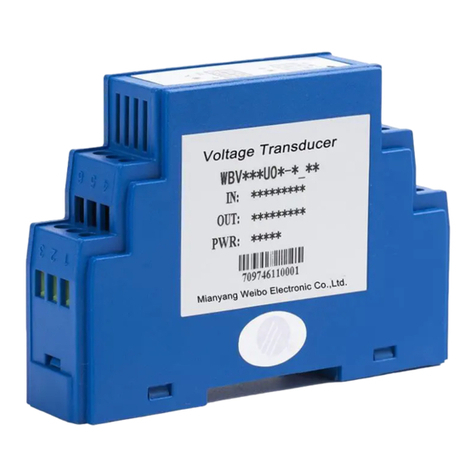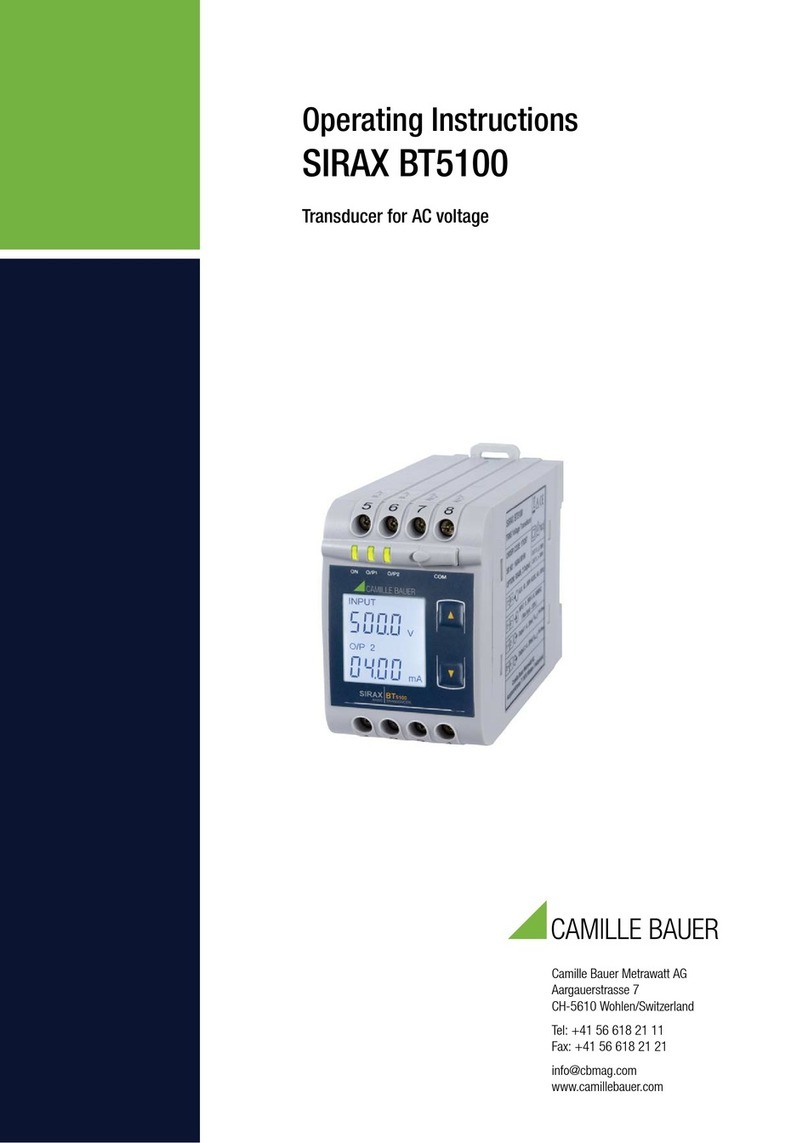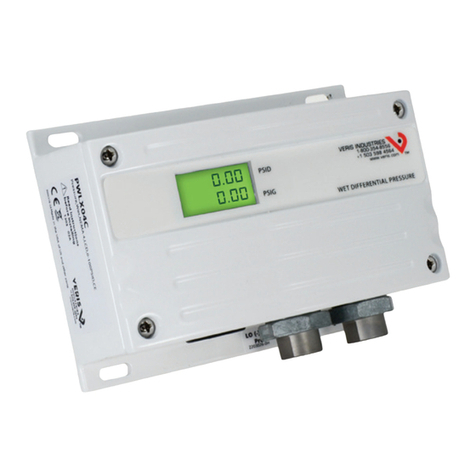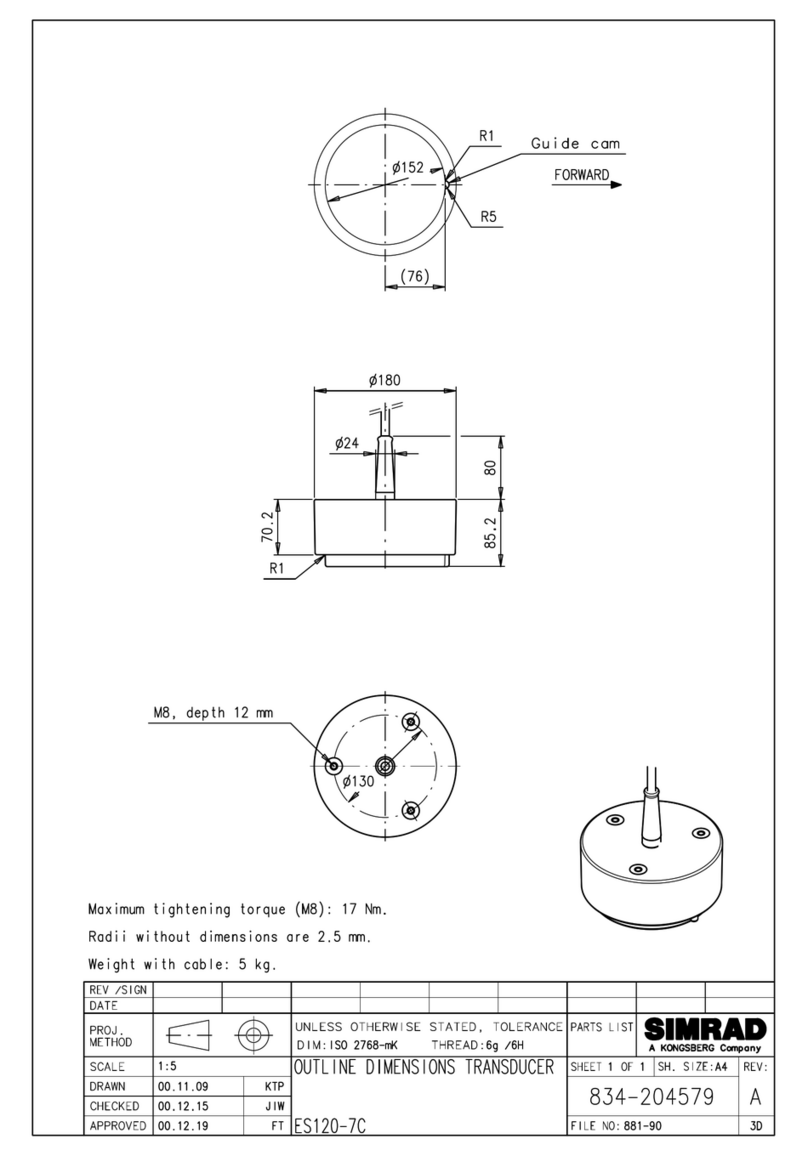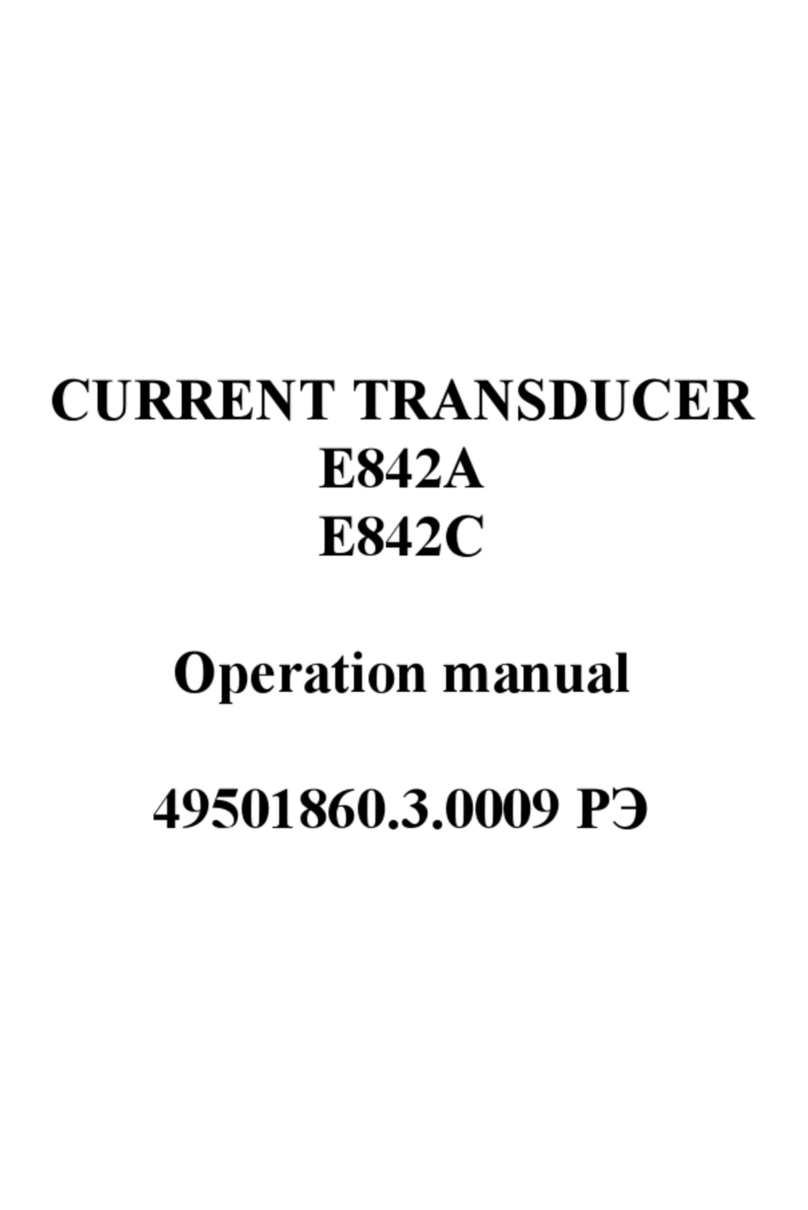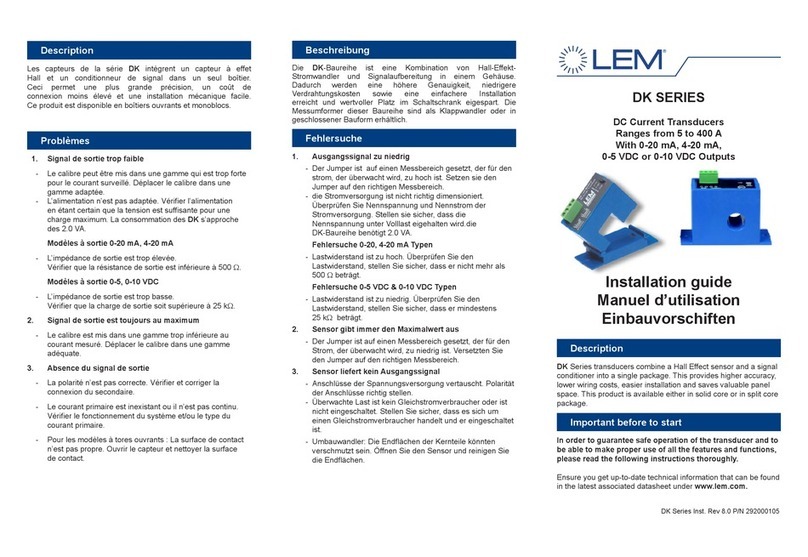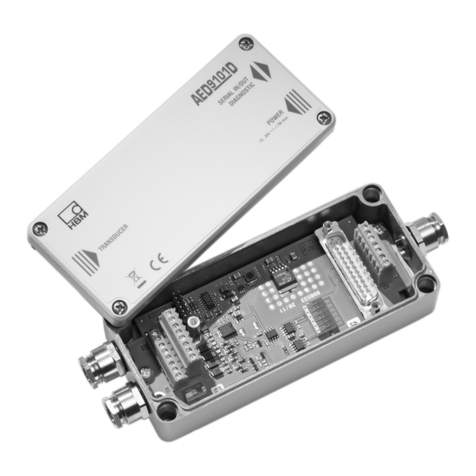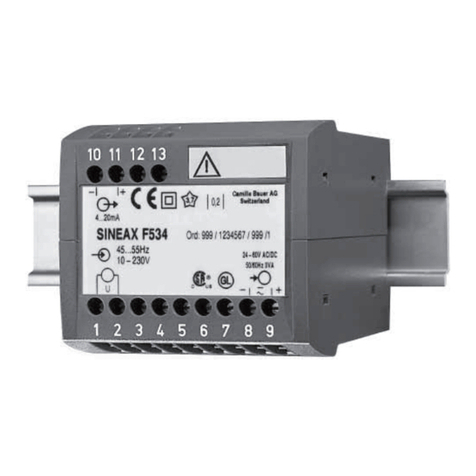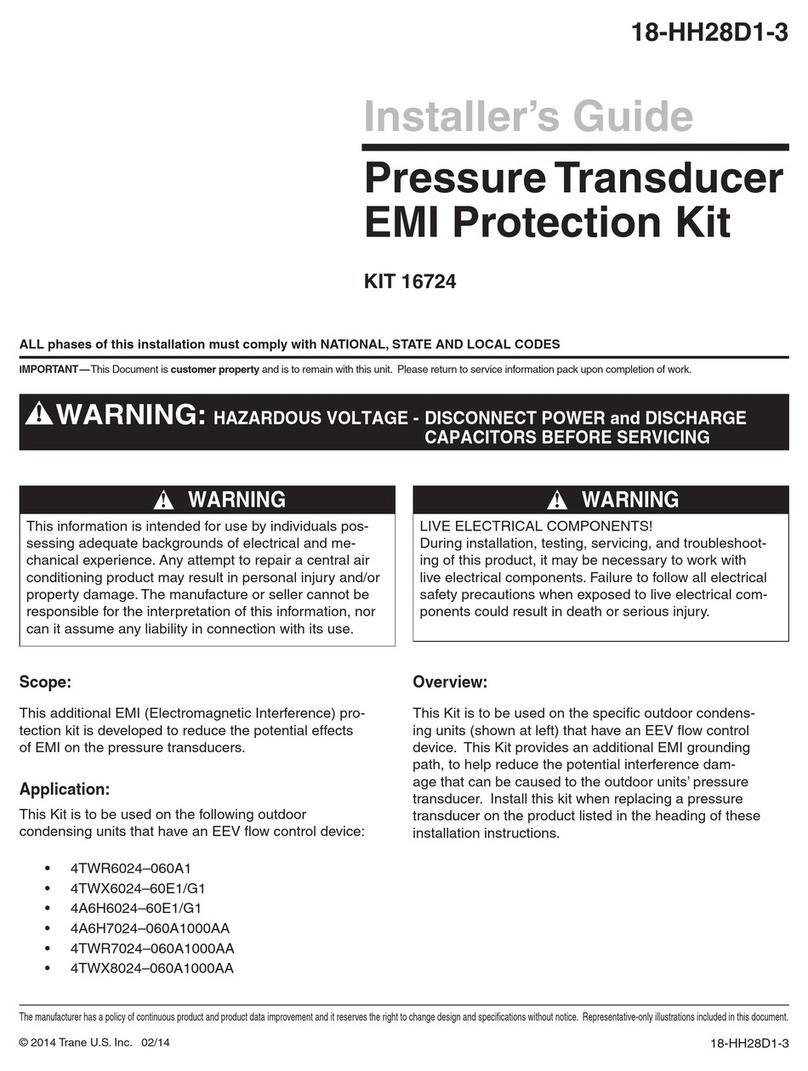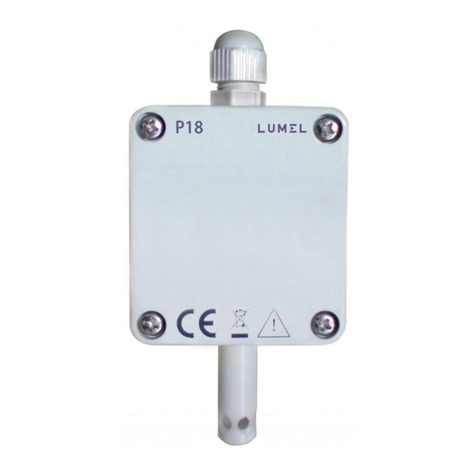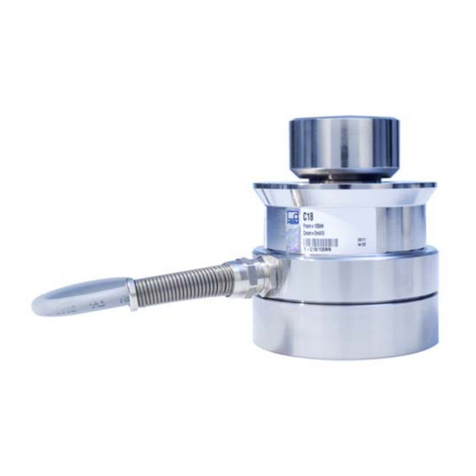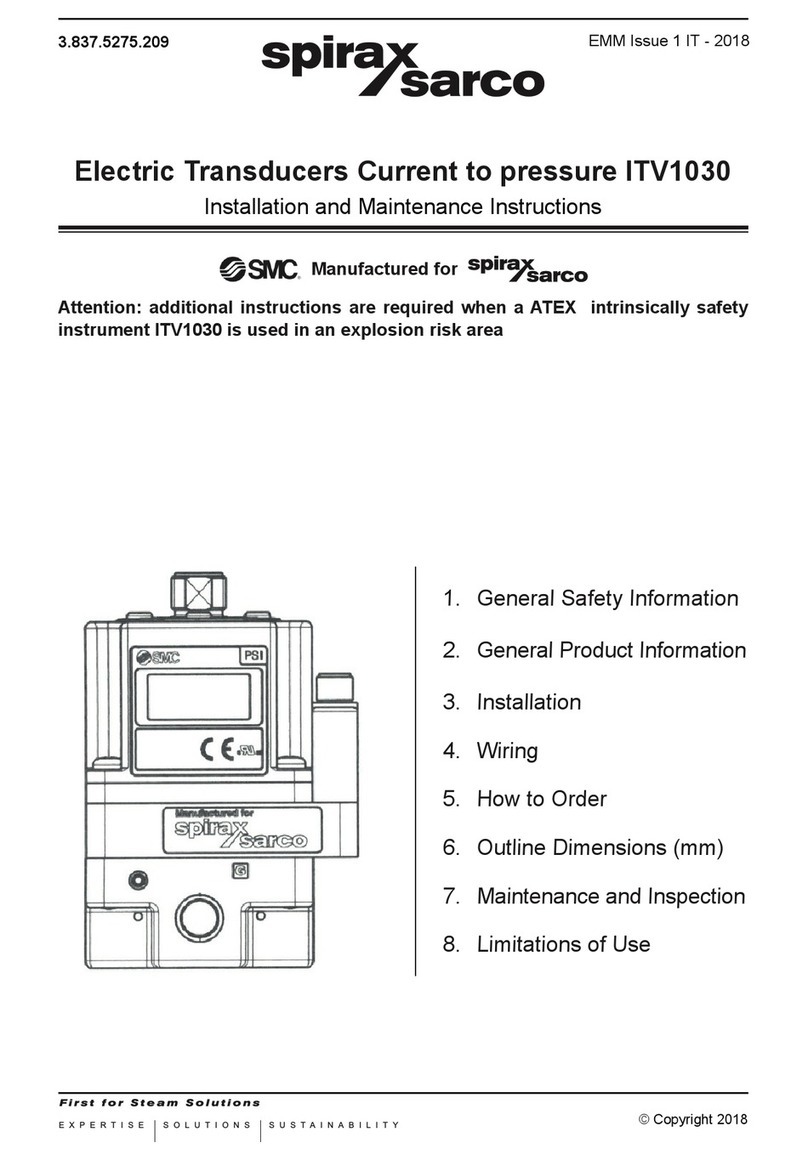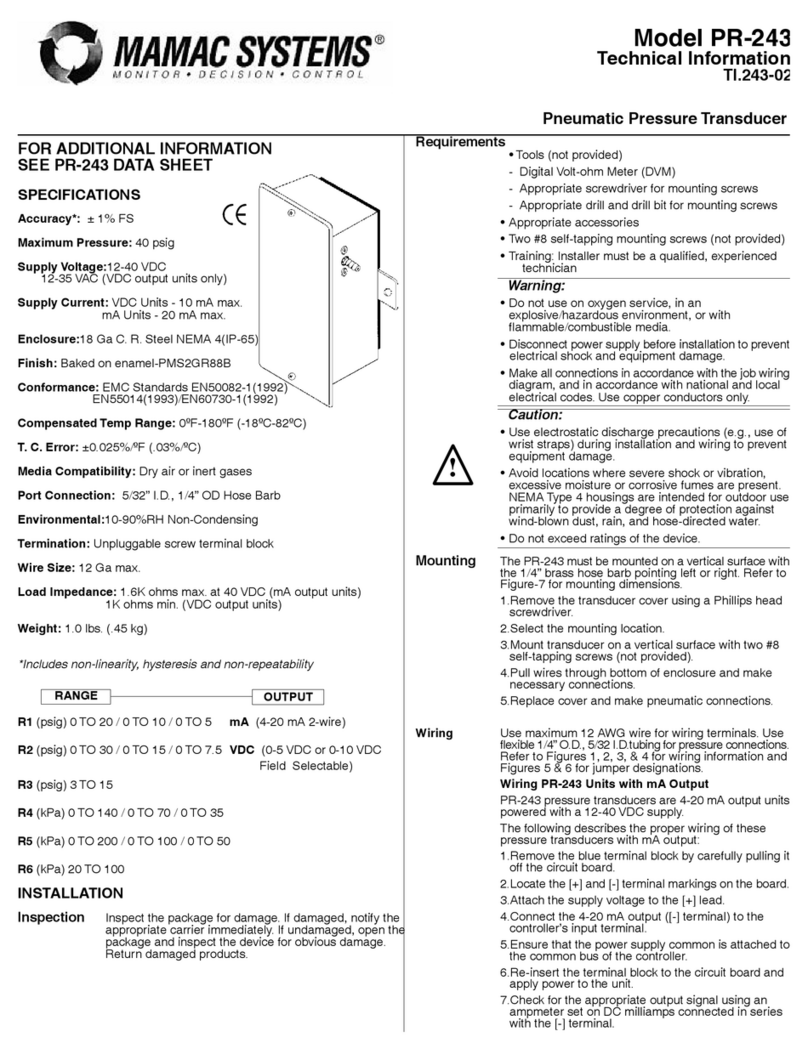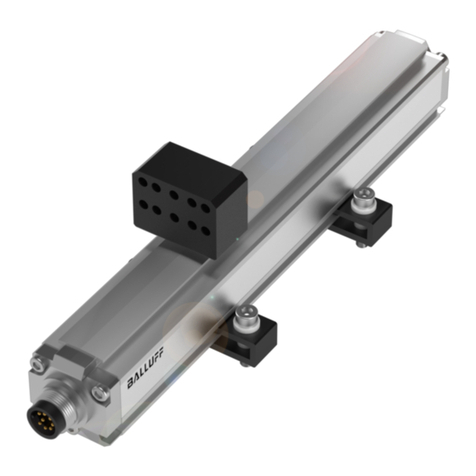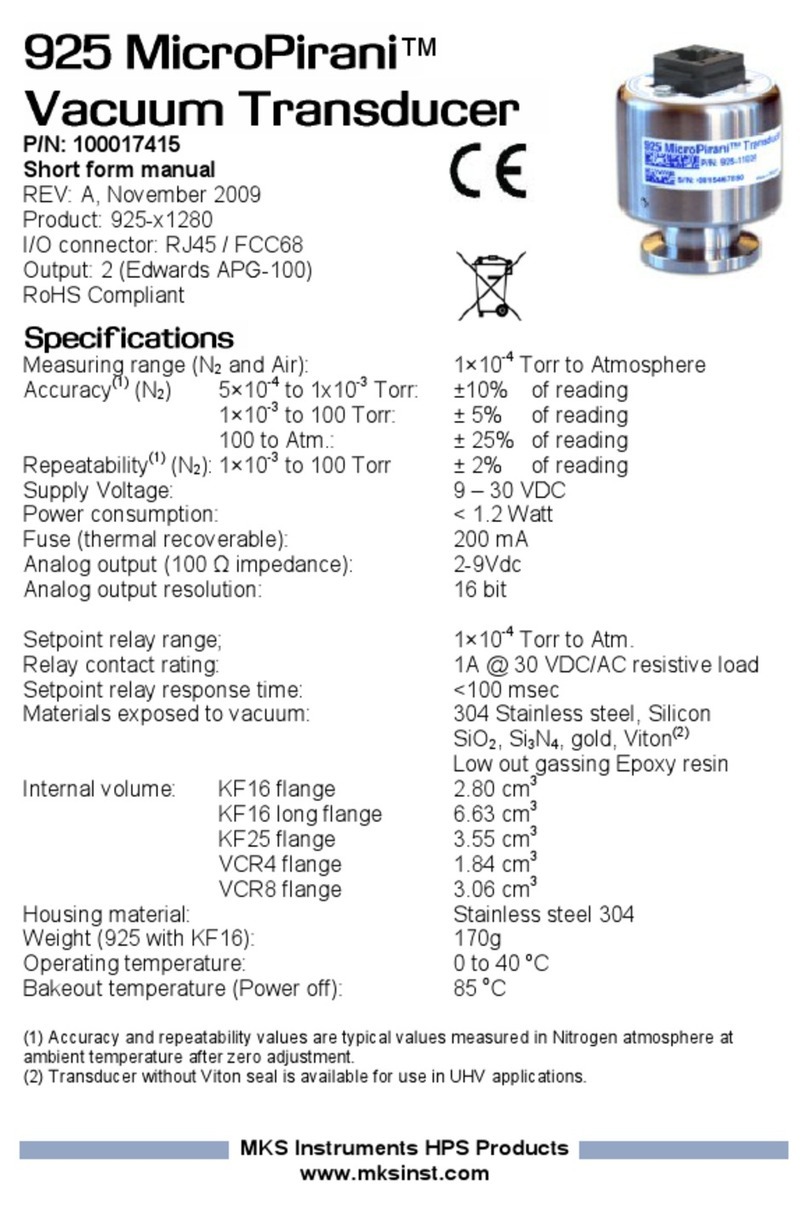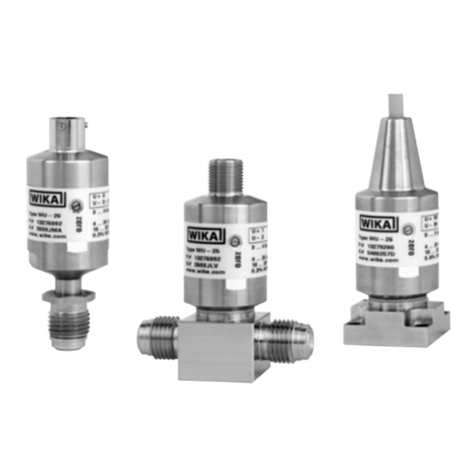
This operation manual contains information for using and operating Current Transducer E1842C
(hereinafter Transducer) and information on its packing, transportation and storage.
Carefully read this manual before operation.
1
Description and operation
1.1 General Information
1.1.1 Transducer converts alternating current (AC) to unified output signal direct current (DC).
Transducers can be used for monitoring currents in diagnostic electrical equipment and another electric
systems; for complex automation of various types of industrial facilities.
Transducer is a single-channel hardware product. Transducer requires no power supply.
Transducer corresponds to engineering factors ТУ 4227-008-49501860-02.
Transducer is mounted on the rail TH-35 in accordance with ГОСТ Р МЭК 60715-2003
or immediately on the panel.
Transducer is hardware SSI product of the third order according to ГОСТ 12997-84.
Protection of the transducer against environmental activity is ordinary.
Guard level: IP00 (ГОСТ 14254-96, IEC 529-89).
Operating Environment:
-Climatic affecting for C4 Group (ГОСТ 12997-84):
- Ambient Air Temperature ...................................-30C to 50C;
- Relative Humidity at 35C .................................up to 95 %;
-Atmospheric affecting for P1 Group (ГОСТ 12997-84):
- Atmospheric pressure ..........................................84-106 kPa (630-800 mm Hg).
-Mechanical affecting for N2 Group (ГОСТ 12997-84):
-Vibration frequency up to 55 Hz;
-Acceleration amplitude up to 4,5 g
Standard conditions for use:
- Ambient Air Temperature ...................................20 5 C;
- Relative Humidity................................................30 to 80 %;
- Input frequency, Hz .............................................50,0 0,5;
- Load resistance, ...............................................200 –300;
-Waveform of the input signal is sinusoidal. The distortion factor shall not exceed 2 %.
